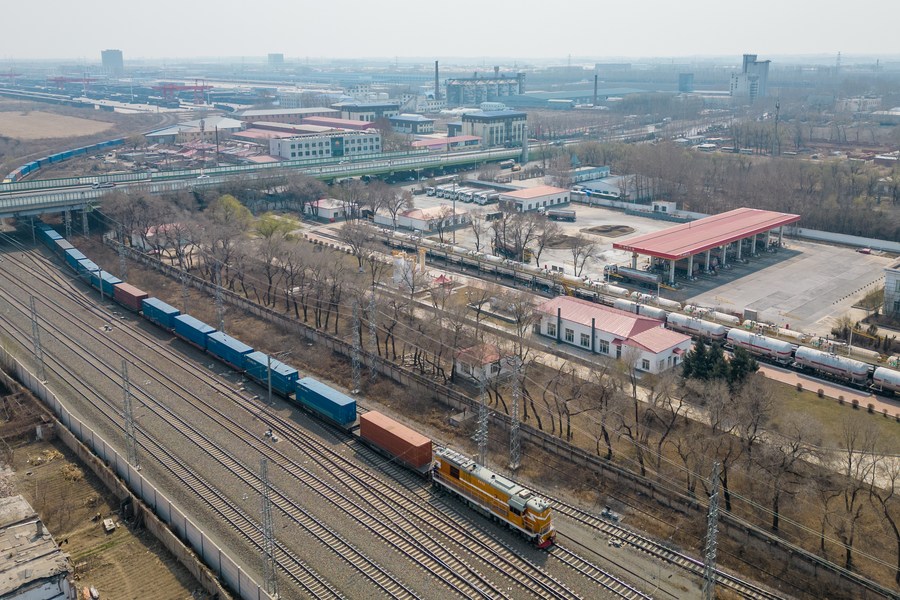BELGRADE, April 30 (Xinhua) — The Belt and Road initiative has significantly improved railway connections between China and Europe, enabling a massive increase in the volume of trade, Chinese transport expert Shan Jing has said here recently.
Shan, a researcher based in Germany at the Dresden University of Technology, was participating in the 10th International Conference of Railway Operations Modelling and Analysis “RailBelgrade 2023”. He told Xinhua at the conference on Wednesday that trade between China and Europe has flourished in the past decade.
“Eurasian railway transport is developing really fast. In 2011 there were only 11 trains, but last year there were 16,000 trains between China and Europe in both directions. It is becoming a plan B compared to air and sea routes. The service quality could fulfill the supply chain demand of big companies such as Mercedes Benz, BMW, and the other big companies, as they all use this Eurasian railway transport, between China and Europe”.

A China-Europe freight train heading for Moscow is pictured at Mafang railway station in Pinggu District of Beijing, capital of China, on March 16, 2023. (Xinhua/Ren Chao)
Infrastructure cooperation has significantly reduced the time and cost of shipments, he added, which has brought significant benefits to the industries involved.
“After a ten-year development (through the Belt and Road initiative) Eurasian railway transport is pretty fast compared to the sea. By sea, you need 50 days, but with Eurasia railways, you need only 19 or 20 days. This express service saves time and could mean a lot for the industry. It can save money, by reducing time and cost,” Shan said.
The Chinese-built Belgrade-Budapest railway will one day represent a major connection between China and this part of Europe, he said, while the presence of Chinese infrastructure companies could help to accelerate Europe’s connection to this railway infrastructure.
“I am excited about this (Belgrade-Budapest high-speed railway) project because it could be a part of the new Silk Road. We already have trains to Budapest, and if we could connect it with Belgrade, trains from China could arrive in Belgrade. “

Aerial photo taken on April 23, 2022 shows the Belgrade-Novi Sad section of the Belgrade-Budapest railway in Belgrade, Serbia. (Photo by Wang Wei/Xinhua)
The international railway conference takes place in Belgrade from April 25 to 28, gathering experts in various fields of transport and railway infrastructure, representatives of companies, and government officials.
At the opening of the conference on Tuesday, Serbia’s Minister of Construction, Transport and Infrastructure Goran Vesic said that the Chinese-built Belgrade-Novi Sad high-speed railway has significantly reduced travel time between Serbia’s two biggest cities.


